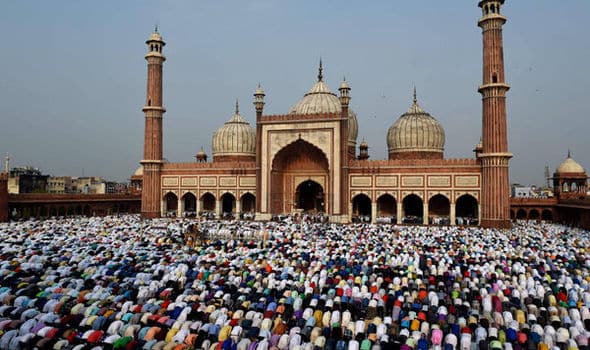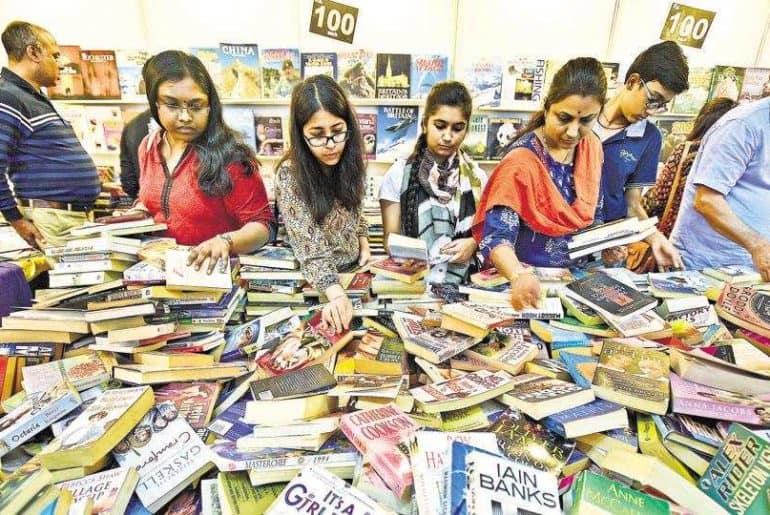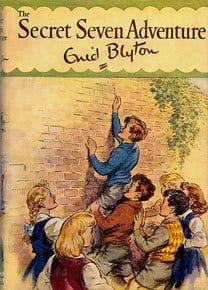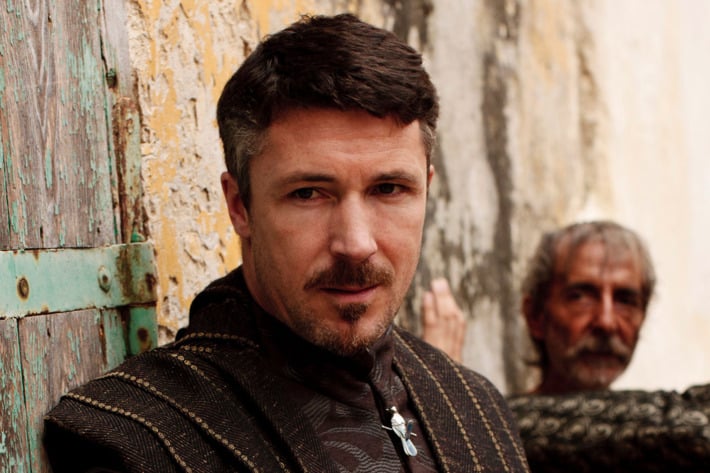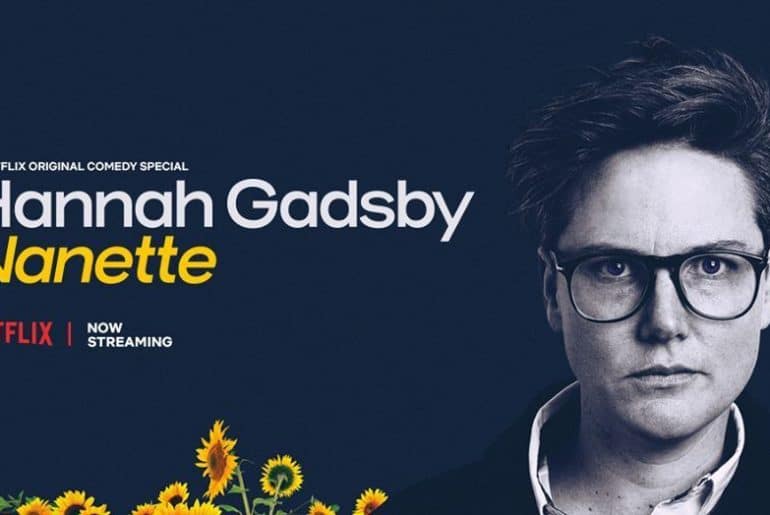I would have loved to say that I woke up this Wednesday at the crack of dawn, with birds singing their melodies and dewdrops on the grass refreshing my soul. But sadly, that wasn’t true.
It was 8:46 a.m. and I had to be at the Jama Masjid for the Eid Namaz scheduled to commence at 9 a.m. Getting out of bed at once, I analysed the situation. I had fourteen minutes to get ready, which was doable, considering I had planned my outfit weeks in advance. The dress was beautiful. Coloured in deep orange, it looked good on me, although I did not particularly look like I had a certain flag draped over my body. One last look in the mirror and I was ready to go. All went well and I met with my relatives and neighbours. They are generally happy people with little to disturb their peace. But today, the customary hug, hug, hug of Eid was dutifully accompanied by a tsk tsk tsk for me. How dare I not follow tradition?
At home after praying, I was greeted by the ‘Adonis’ of my area: the butcher. He had a jawline sculpted by the Gods and mannerisms that could put a gentleman to shame. Sadly, he had not stripped his shirt (or anything else) as is custom. “Handsome and not following the dress code! He too, like me, must be an outcast,” I thought. The black-skinned animal was readied for sacrifice by the ‘Adonis’. It reminded me of the nursery rhyme ‘Mary had a little lamb,’ except its fleece was black as coal.
Why do Muslims sacrifice animals on Eid? I am reminded of the story which I have repeatedly heard since my childhood. The Friday sermon before Eid talks about Abraham, the Prophet of God, and his willingness to sacrifice his son Ishmael for the sake of his creator. Ishmael was said to be so obedient that he didn’t think twice before setting out with his father for being sacrificed. Assuring his father that he won’t scream, Ishmael had remarked, “You will find me patient.” The sermons and the story talk about how God was merely testing His beloved Prophet and how he later commanded him to sacrifice a lamb. Abraham’s love and loyalty towards God and Ishmael’s unflinching obedience towards his father always fascinated me. It was equally fascinating to me that Muslims, Jews as well as Christians all believe in this story of selfless oblation. And yet, they choose to fight over the differences rather than celebrating the similarities and shared beliefs.
Muslims, on the occasion of Eid, sacrifice an animal in the memory of Prophet Abraham and his son Ishmael. As is mentioned in the Islamic scriptures, the sacrificial meat is divided into three parts and one of them is to be distributed among the poor. Eid is the festival of happiness and so donating to the poor is one of its most important pillars. However, I sometimes fail to understand why people have to ruin every beautiful thing that we have. Some use this occasion of Eid to show their wealth off by over-spending on sacrificial animals and flaunting the price tag. Eid is supposed to be a day when people meet and hug each other, forget their differences and pray for forgiveness. I hope that it still remains the essence of Eid.
In the afternoon, my rich uncle greeted me with an exuberant smile and a thick wallet. Handing me a hundred rupee note, he advised me not to spend it on one place. I felt at once responsible. The men of the family talked of love and peace which, on any given day, would have taken me by surprise. But today had been full of new things. In the end, as is custom, I did have a plateful of mutton biryani!
Feature Image Credits: English Almanar
Maumil Mehraj

